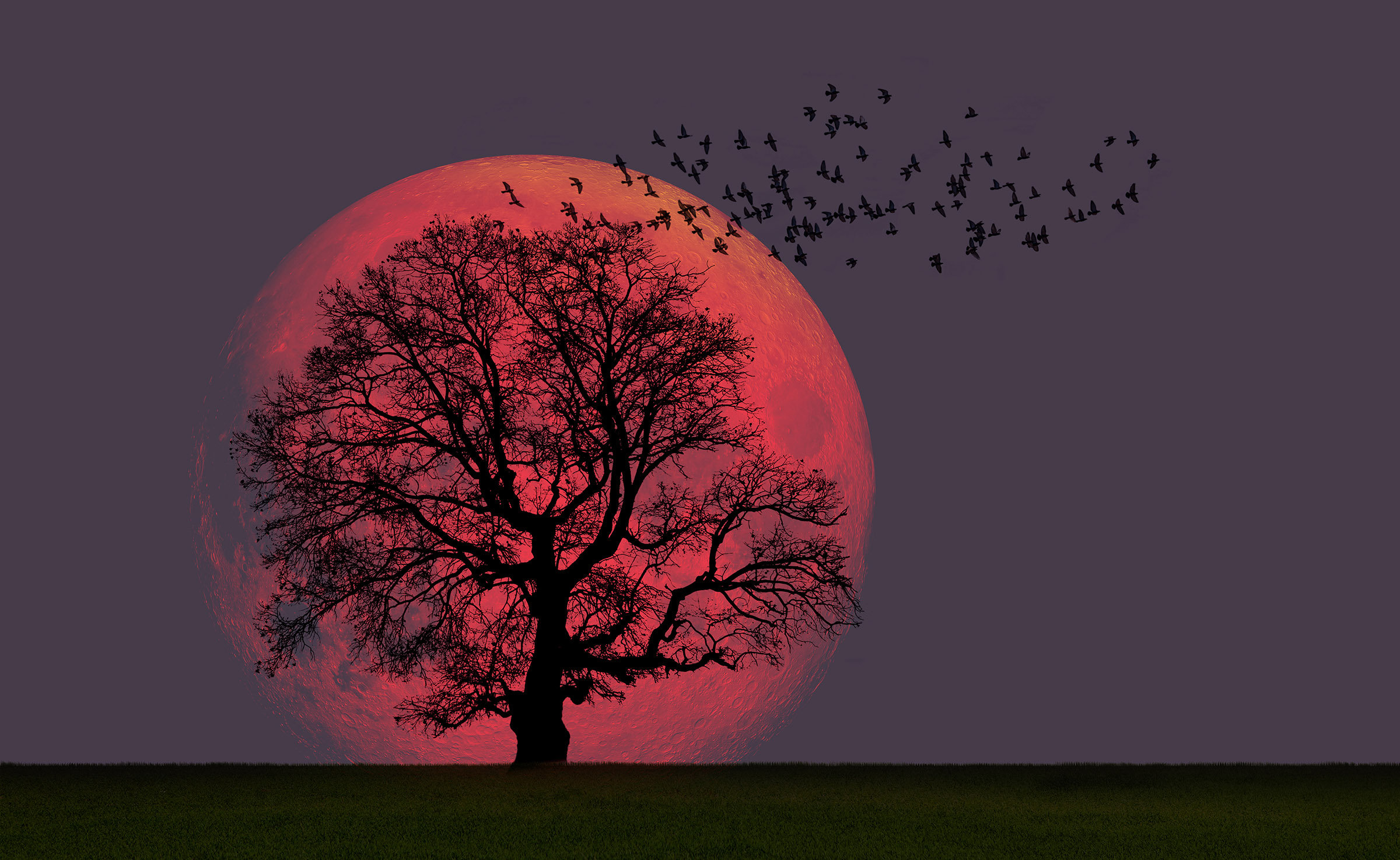If you’re a fan of stunning night skies, Friday night is your last chance to witness a supermoon in 2024. Known as the Beaver Moon, this November supermoon is both a celestial spectacle and a nod to an age-old tradition.
A supermoon happens when a full moon aligns with the closest point of the moon’s orbit around Earth. This makes it appear brighter and slightly larger than a regular full moon. Imagine looking at a familiar scene through a magnifying glass—everything seems closer and more vivid.
For stargazers, this means a full moon almost pops against the night sky, casting a brighter glow than usual. Supermoons like this are rare, only occurring a few times a year when conditions are just right. And the November supermoon also happens to be the last supermoon of 2024.
The name “Beaver Moon” comes from Native American and early colonial traditions. It marks the time of year when beavers are especially active as they prepare for winter. In November, beavers typically build up their lodges to stay warm, making it a fitting namesake for the last full moon of autumn. The name also served as a reminder for early trappers to set beaver traps before swamps froze over.
The last supermoon of 2024 will reach its peak brightness on November 15, but you’ll have a few days before and after to catch its glow. Look for it in the eastern sky just after sunset, as the moon rises early this time of year. For the best viewing experience, find an open space with minimal city lights—parks, beaches, or countryside areas with a lot of open sky are perfect.
This is your last chance to see a supermoon this year, so grab a friend and a cozy blanket and look up. Celestial events like this are a great reminder of our place in the vastness of space and the rhythm of the natural cycles that rule our universe.
Keep your eyes on the skies this week and enjoy the last supermoon of 2024. It’s a great reason to reconnect with the world above—no telescope required.





/cdn.vox-cdn.com/uploads/chorus_asset/file/25734145/nasa_satellite_view.jpg)




